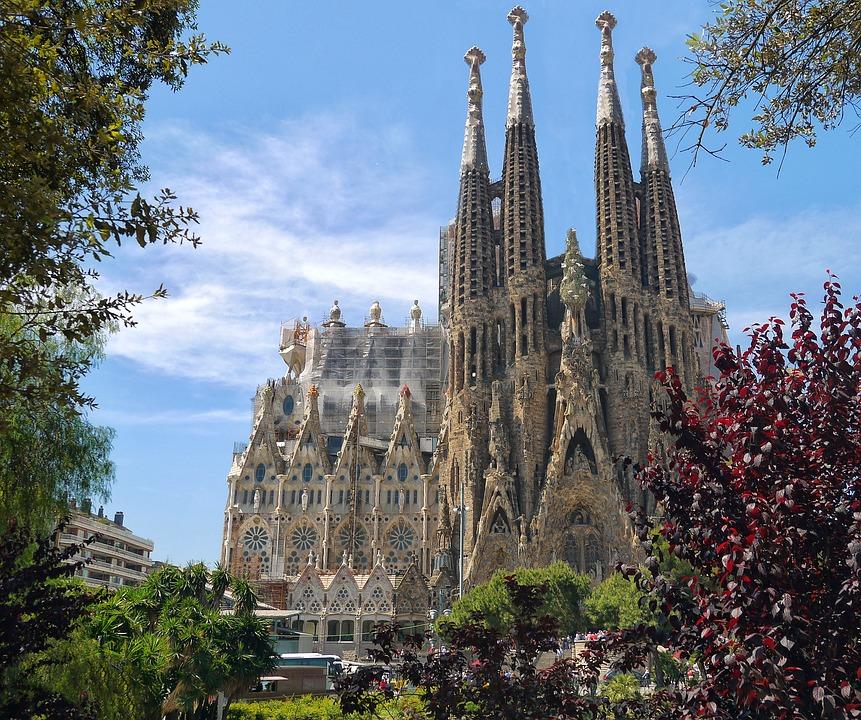
The History and Development of Tourism in Spain from the Islamic Era to the Present
The history and development of tourism in Spain can be traced back to the Islamic era, when the region of Al-Andalus was a flourishing center of culture, science, and trade. The Muslim rulers built magnificent palaces, mosques, gardens, and libraries that attracted visitors from different parts of the world. Some of the most famous examples are the Alhambra in Granada, the Mosque-Cathedral of Cordoba, and the Alcazar of Seville. The Islamic civilization also influenced the architecture, cuisine, music, and language of Spain, creating a rich and diverse heritage that still fascinates tourists today.
After the Christian reconquest of Spain in the 15th century, tourism continued to develop as a result of religious, cultural, and political factors. The pilgrimage routes to Santiago de Compostela and other holy sites became popular destinations for travelers seeking spiritual experiences. The discovery of America and the expansion of the Spanish empire also stimulated tourism, as many people wanted to see the new lands and cultures. The Renaissance and Baroque periods saw the emergence of artistic and architectural masterpieces, such as the Prado Museum in Madrid, the Escorial Palace in San Lorenzo de El Escorial, and the Giralda Tower in Seville.
In the modern era, tourism in Spain experienced a rapid growth due to the development of transportation, communication, and accommodation facilities. The introduction of railways, automobiles, airplanes, and cruise ships made travel easier and more affordable for many people. The emergence of mass media, such as newspapers, magazines, radio, television, and cinema also increased the awareness and interest of tourists in Spain. The establishment of hotels, resorts, campsites, and other types of lodging also improved the quality and comfort of tourism. Some of the most popular tourist attractions in Spain today are the beaches of the Mediterranean and Atlantic coasts, the islands of the Balearic and Canary archipelagos, the urban centers of Barcelona, Madrid, Valencia, and Bilbao, and the cultural and natural sites declared as World Heritage by UNESCO.
The Legacy of Al-Andalus: How Islamic Civilization Shaped Tourism in Spain
The legacy of Al-Andalus, the name given to the Muslim-ruled territories in the Iberian Peninsula from the 8th to the 15th century, is still evident in many aspects of tourism in Spain. Al-Andalus was a remarkable example of cultural diversity and tolerance, where Muslims, Christians, and Jews coexisted and contributed to the advancement of science, art, literature, and architecture. The Islamic civilization left behind a rich and unique heritage that can be seen in the monuments, museums, festivals, gastronomy, music, and language of Spain.
One of the most impressive examples of the legacy of Al-Andalus is the Alhambra, a palace-fortress complex in Granada that was the residence of the Nasrid dynasty, the last Muslim rulers of Spain. The Alhambra is a masterpiece of Islamic art and architecture, with its intricate geometric patterns, colorful tiles, carved woodwork, fountains, gardens, and courtyards. The Alhambra is one of the most visited tourist attractions in Spain and a UNESCO World Heritage Site.
Another example of the legacy of Al-Andalus is the Mosque-Cathedral of Cordoba, also known as the Mezquita. This monument was originally a Visigothic church that was converted into a mosque by the Umayyad caliphate in the 8th century. The mosque was expanded and embellished over the centuries, creating a stunning fusion of Islamic and Christian styles. The most distinctive feature of the mosque is its forest of arches and columns that create a mesmerizing effect of light and shadow. The mosque was reconsecrated as a cathedral after the Christian reconquest in the 13th century, but it still preserves its original Islamic character.
A third example of the legacy of Al-Andalus is the influence of Arabic on the Spanish language. Arabic was the official language of administration, commerce, and culture in Al-Andalus for centuries, and it left a lasting imprint on the vocabulary, grammar, and pronunciation of Spanish. It is estimated that about 4,000 words in Spanish have Arabic roots or are derived from Arabic. Some common examples are alcalde (mayor), almohada (pillow), azúcar (sugar), naranja (orange), and ojalá (hopefully).
These are just some of the ways that Islamic civilization shaped tourism in Spain. The legacy of Al-Andalus is a source of pride and fascination for many Spaniards and tourists alike, who appreciate its beauty, diversity, and history.
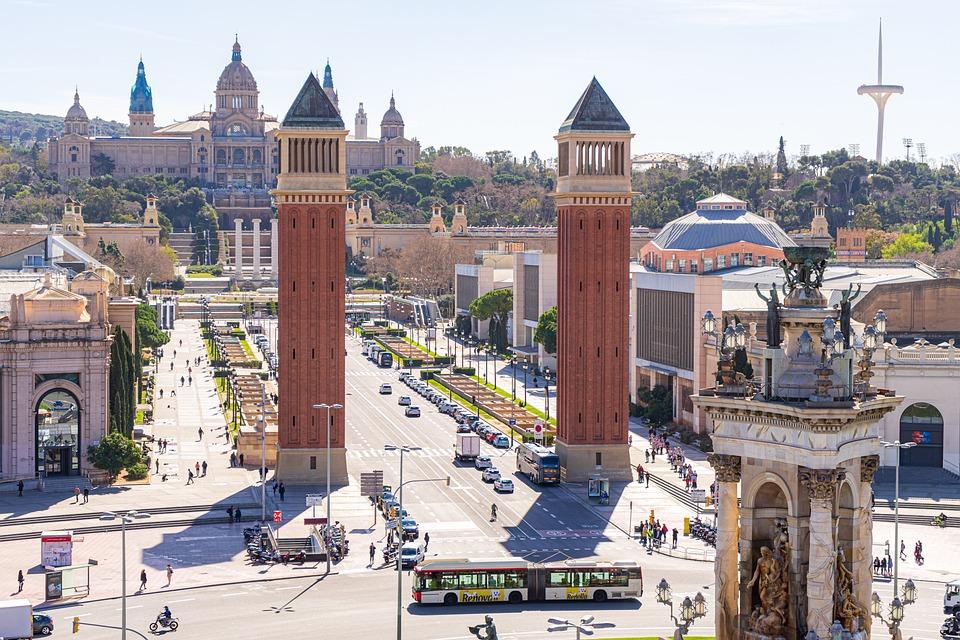
From Cordoba to Barcelona: A Historical Overview of Tourism in Spain
Tourism in Spain has a long and diverse history that reflects the changing political, social, and cultural realities of the country. From Cordoba to Barcelona, two of the most emblematic cities of Spain, we can trace the evolution of tourism from the medieval times to the present day.
Cordoba was the capital of the Umayyad caliphate in the 10th century, when it was one of the most prosperous and cultured cities in the world. It attracted scholars, merchants, and pilgrims from different regions and religions, who came to admire its splendid mosque, libraries, palaces, and gardens. Cordoba was also a center of Jewish and Christian culture, where famous figures such as Maimonides and Averroes lived and worked. After the Christian reconquest in the 13th century, Cordoba lost its political and economic importance, but it preserved its artistic and architectural heritage. Today, Cordoba is a UNESCO World Heritage Site and a popular tourist destination for its historical monuments, especially the Mosque-Cathedral.
Barcelona was a prosperous maritime city in the Middle Ages, with strong commercial and cultural ties with other Mediterranean regions. It was also a center of Catalan nationalism and culture, which resisted the centralization and absolutism of the Spanish monarchy. In the 19th century, Barcelona experienced a period of industrialization and urbanization, which gave rise to the modernist movement in art and architecture. The most representative figure of this movement was Antoni Gaudi, who designed some of the most iconic buildings of Barcelona, such as the Sagrada Familia, the Park Guell, and the Casa Mila. In the 20th century, Barcelona faced political and social turmoil during the Spanish Civil War and the Franco dictatorship, but it also became a hub of avant-garde culture and social movements. In 1992, Barcelona hosted the Olympic Games, which boosted its international reputation and tourism. Today, Barcelona is one of the most visited cities in Europe and a global city of culture, art, design, and innovation.
The Evolution of Tourism in Spain: From Medieval Pilgrimages to Modern Mass Tourism
Tourism in Spain has undergone a remarkable transformation over the centuries, from a religious and cultural phenomenon to a mass and diversified industry. One of the earliest forms of tourism in Spain was the pilgrimage, which involved traveling to sacred places for spiritual purposes. The most famous pilgrimage route in Spain is the Camino de Santiago, or the Way of Saint James, which leads to the shrine of the apostle James in Santiago de Compostela. The Camino de Santiago has been a source of attraction for pilgrims since the Middle Ages, and it still attracts thousands of travelers every year, who seek to experience its historical, artistic, and natural beauty.
Another form of tourism that emerged in Spain in the early modern period was the Grand Tour, which was a cultural and educational journey undertaken by young aristocrats and intellectuals from Europe. The Grand Tour aimed to expose the travelers to the classical heritage and the contemporary art and politics of different countries. Spain was one of the destinations of the Grand Tour, especially for its artistic treasures, such as the paintings of Velazquez, Goya, and El Greco, and its architectural wonders, such as the Alhambra, the Escorial, and the Mezquita.
In the 19th and 20th centuries, tourism in Spain diversified and expanded, as a result of the development of transportation, communication, and accommodation facilities. The introduction of railways, automobiles, airplanes, and cruise ships made travel easier and more affordable for many people. The emergence of mass media, such as newspapers, magazines, radio, television, and cinema also increased the awareness and interest of tourists in Spain. The establishment of hotels, resorts, campsites, and other types of lodging also improved the quality and comfort of tourism. Some of the most popular tourist attractions in Spain today are the beaches of the Mediterranean and Atlantic coasts, the islands of the Balearic and Canary archipelagos, the urban centers of Barcelona, Madrid, Valencia, and Bilbao, and the cultural and natural sites declared as World Heritage by UNESCO.
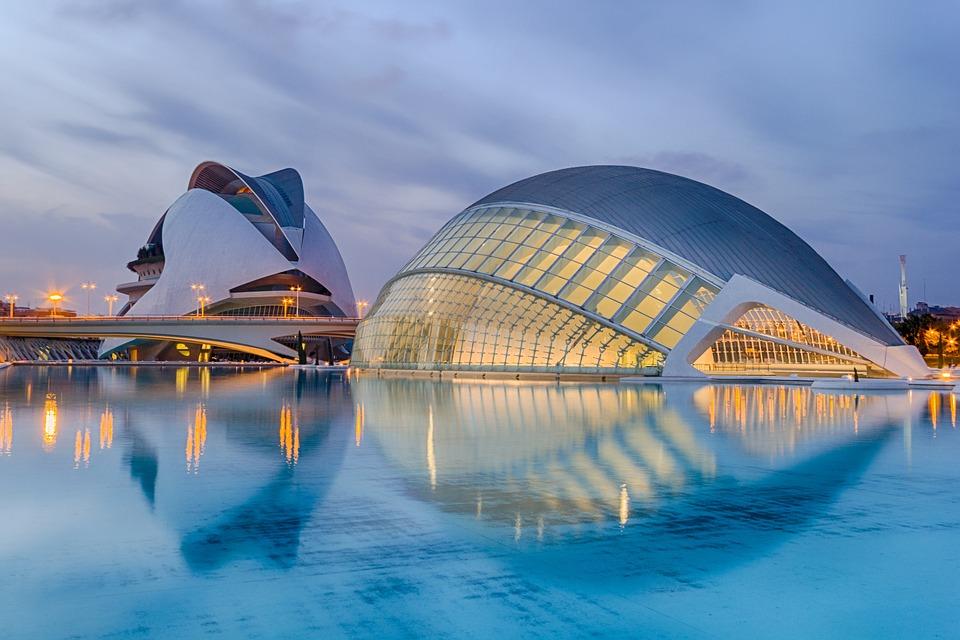
The Impact of Historical Events on Tourism in Spain: A Comparative Analysis
Tourism in Spain has been influenced by various historical events that have shaped the country's identity, culture, and society. Some of these events have had a positive impact on tourism, while others have had a negative or mixed impact. In this paragraph, we will compare and contrast the impact of three historical events on tourism in Spain: the Spanish Civil War (1936-1939), the Franco dictatorship (1939-1975), and the transition to democracy (1975-1982).
The Spanish Civil War was a violent conflict between the Republicans, who supported the democratic Second Republic, and the Nationalists, who supported the military coup led by General Francisco Franco. The war caused enormous human and material losses, as well as political and social divisions that lasted for decades. The war also had a devastating impact on tourism, as it disrupted the transportation and communication networks, damaged the infrastructure and monuments, and deterred foreign visitors from traveling to Spain. The war also affected the image and reputation of Spain abroad, as it was portrayed as a backward and violent country.
The Franco dictatorship was a period of authoritarian rule that followed the victory of the Nationalists in the civil war. Franco imposed a repressive regime that suppressed civil liberties, censored the media, banned political parties, and persecuted dissidents. Franco also promoted a nationalist and conservative ideology that glorified the Spanish history and culture, while rejecting any influence from other regions or countries. The dictatorship had a mixed impact on tourism, as it created some opportunities but also some challenges. On one hand, Franco invested in the development of tourism infrastructure, such as roads, airports, hotels, and resorts, especially along the coastal areas. He also encouraged mass tourism from Europe and America, as a way to boost the economy and improve the international relations of Spain. On the other hand, Franco limited the diversity and authenticity of tourism, as he imposed a uniform and standardized image of Spain that ignored or marginalized its regional and cultural differences. He also restricted the freedom and mobility of tourists, as they had to follow strict rules and regulations.
The transition to democracy was a process of political and social change that began after the death of Franco in 1975 and ended with the approval of the new constitution in 1978. The transition involved the restoration of democracy, the recognition of human rights, the legalization of political parties, the establishment of autonomous regions, and the integration of Spain into the European Union. The transition had a positive impact on tourism, as it opened up new possibilities and perspectives for tourists. On one hand, the transition enhanced the attractiveness and competitiveness of Spain as a tourist destination, as it improved its infrastructure, services, security, and image. It also increased the variety and quality of tourism products, as it respected and valued its regional and cultural diversity. It also expanded the markets and segments of tourism, as it attracted tourists from different countries and backgrounds. On the other hand, the transition also posed some challenges for tourism management, such as balancing the economic benefits with the environmental and social impacts, ensuring the sustainability and responsibility of tourism development, and preserving the identity and authenticity of tourism destinations.
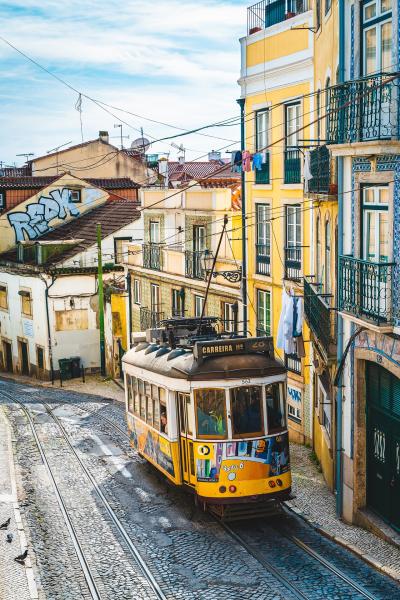
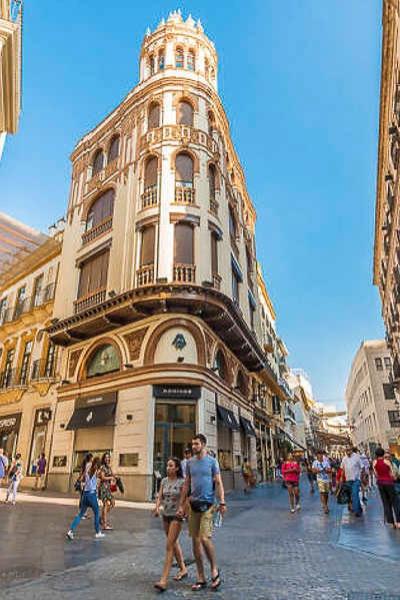
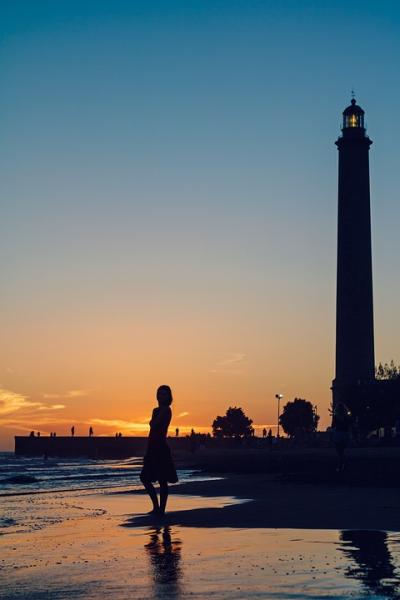
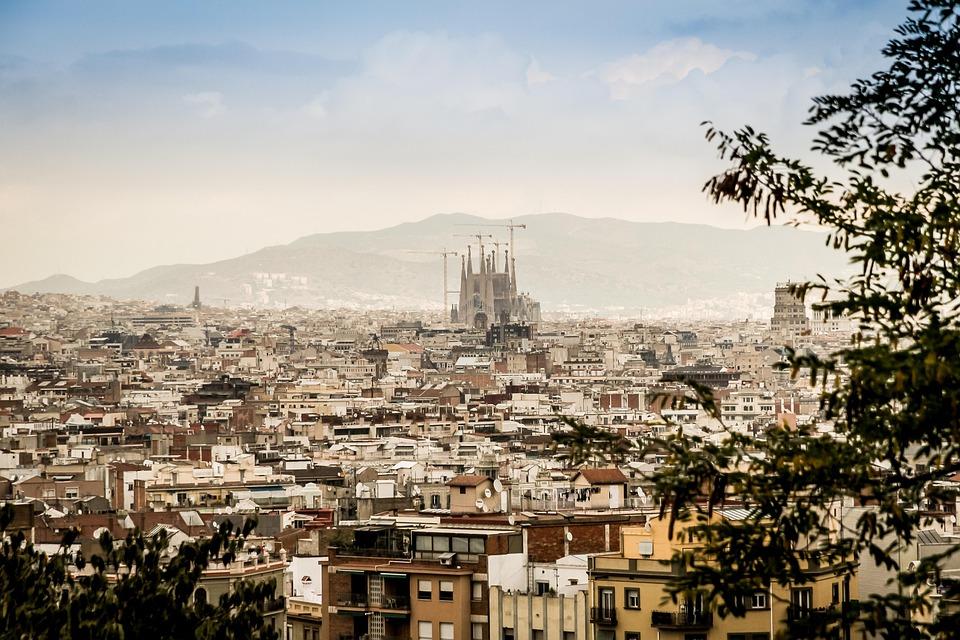
Preparing for a trip to Spain involves careful planning and consideration to enhance the travel experience and ensure a smooth journey. This comprehensive guide covers essential aspects such as budgeting, itinerary planning, accommodation choices, documentation requirements, and cultural etiquette, making...
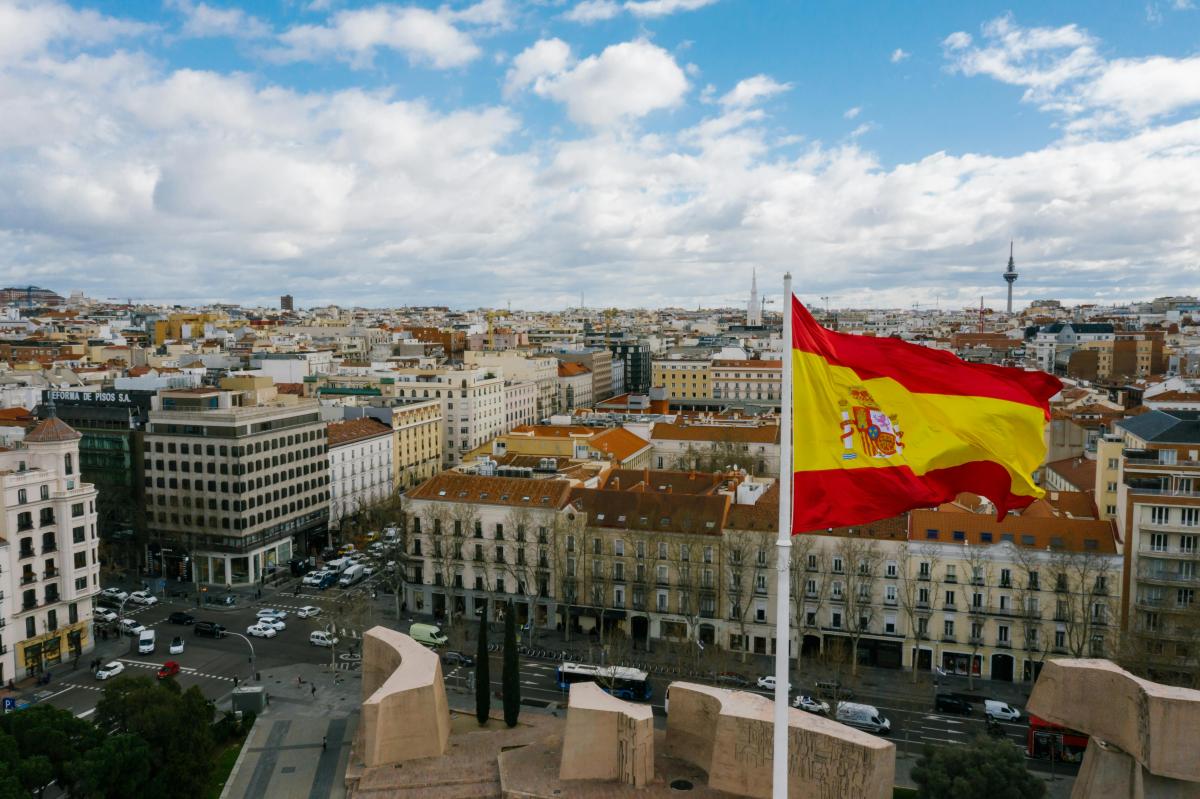
Spain is a country that offers something for everyone. Whether you are looking for culture, history, nature, or nightlife, you will find it in Spain. Spain is one of the most popular tourist destinations in Europe, attracting millions of visitors every year. But what are the best places to visit in Spain?...

Restaurants throughout the provinces of Malaga and Granada are participating in Spains Veggie Vuelta, which runs from November 2 to November 5.